What Is Duplicate Content And How To Fix It
Site Audit Issues.png)
Content:
- What is a Duplicate Content Issue?
- Common Causes for Duplicate Content SEO
- What is the Most Common Fix for Duplicate Content
- How to Fix Duplicate Content Issues with Netpeak Spider
- Conclusion
One of the significant issues concerning SEO is a duplicate content penalty. Google Search Console will not notify you if you are penalized for the same content. However, that doesn’t mean your website will not be penalized because similar pages or sites have matching content. When Google discovers identical content, its algorithm determines which should be ranked higher and regularly ranks the incorrect one.
Let’s dive into what duplicate content really is, why it occurs, and what is the most common fix for duplicate content with Netpeak Spider.
What is a Duplicate Content Issue?
Duplicate content means information that has several addresses or locations on the internet. This duplication occurs when identical content is located at different web addresses, where unique content links to several addresses. Google defines it as “significantly similar” content displayed in different locations and makes SERPs challenging to select the most appropriate version for a particular query. This content duplicate matter can affect the ranking of the repetitive web pages.
Common Causes for Duplicate Content SEO<
In most cases, website owners do not purposely create duplicate content. So, what causes SEO duplicate content to appear? Let's inspect each case individually.
Faceted navigation
Faceted navigation helps users find specific listings by allowing them to filter based on attributes. This faceted search or filter adds parameters to the end of the page's link. E-commerce, real estate, and travel consolidator sites typically use it.

Faceted navigation can result in duplicative or nearly identical content because of many filter arranges. The links might be different, but the content is almost equivalent. Here is an example of how the same page can be divided into several links (we can locate size M on both links):
- https://www2.hm.com/en_us/women/products/shirts-blouses.html?sort=stock&sizes=369_m_1_womenswear,370_l_1_womenswear&image-size=small&image=model&offset=0&page-size=36
- https://www2.hm.com/en_us/women/products/shirts-blouses.html?sort=stock&sizes=369_m_1_womenswear&image-size=small&image=model&offset=0&page-size=36
Tracking parameters
UTM tracking is representing tags in URLs to track traffic sources effectively. These parameters give us an idea about the source and size of web traffic, like from where most visits are generated. UTMs are used for the content to see how directly your traffic has been affected by this specific post. Here is an example of how such a link can be represented:
https://www.website.com/product?utm_source=new+subscribers
Session IDs
Duplicate content can apply when you have parameterized URLs for session IDs. In a URLS parameter, session IDs track users during a website session. It’s a specific identification of a web page’s visitors. It may look as:
- https://www.website.com/index.php?sid=87654321edcba-12345abcd
- https://www.website.com/product?sessionId=87654321edcb1a2345abcd
Google Analytics explains that sessions describe certain actions a client made on your website:
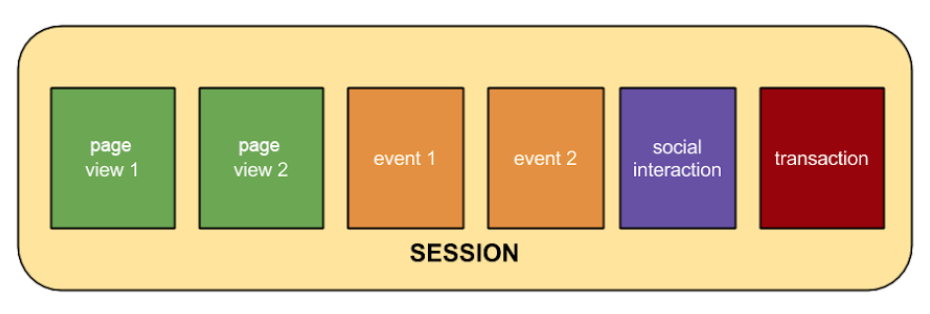
HTTP and HTTPS (WWW or non-WWW)
You can configure your server as HTTP:
- http://www.website.com (HTTP, WWW)
- http://website.com (HTTP, non-WWW)

Or as HTTPS:
- https://www.website.com (HTTPS, WWW)
- https://website.com/ (HTTPS, non-WWW)

Incorrect website configuration or server can lead to false redirects, and your web page could be accessed through several link variations. This might be the reason for duplicate content website.
Case-sensitive web pages
Google considers URLs with different capitalization as different pages. If a user types both versions of web pages, Google can index them. You will likely have duplicate content issues if your website shows the same page for capitalized and lowercase URLs. Just like here:
- website.com/page
- website.com/PAGE


Trailing slashes and non-trailing slashes
Using both versions of pages with and without a trailing slash can also cause duplicate content issues:
- website.com/page
- website.com/page/

It's vital to ensure that signals for canonicalization, like redirects, sitemaps, internal links, and canonical tags, all point to the desired indexed version of the web page. Otherwise, you will bump into duplicate content on same domain problem.
Print-friendly link version
The print-friendly web page version has identical content as the original one, with only URL differences:
- website.com/page
- website.com/print/page
All you need to do to avoid duplicate content on website is to canonicalize the print-friendly version to the initial one, since sometimes, printing versions construct automatically.
Mobile-friendly pages
When you arrange the mobile-friendliness of your website, don’t forget to canonicalize it like with the printing version. Because it can also create duplicate content:
- website.com/page
- m.website.com/page
AMP
AMP (Accelerated Mobile Pages) is a project for fast-loading web pages. It does so by refining the HTML tags and minimizing unwanted components such as banners, widgets, and background images. AMP links, therefore, contain only the critical information that users need. Although AMP URLs can also lead to unwanted content duplication:
- website.com/page
- website.com/amp/page
Tags pages
When you create several tags for one web page, the page automatically ends up in different links:
- https://www.stockstyleshop.com/collections/bags
- https://www.stockstyleshop.com/collections/bags/products/mini-calista-clear-bag-rave-on-twilly
- https://www.stockstyleshop.com/collections/bags/products/mini-calista-clear-bag-rave-on-twilly?variant=40441654411310
All of these pages, for instance, redirect us to the same product:
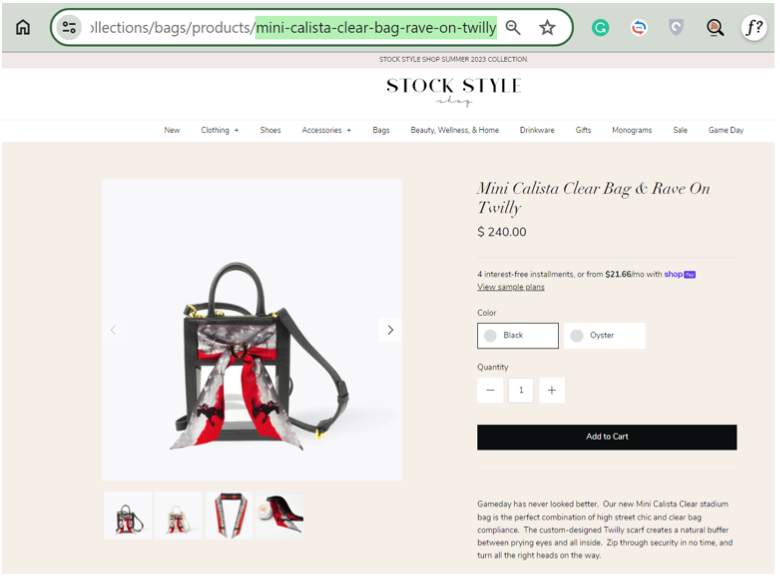
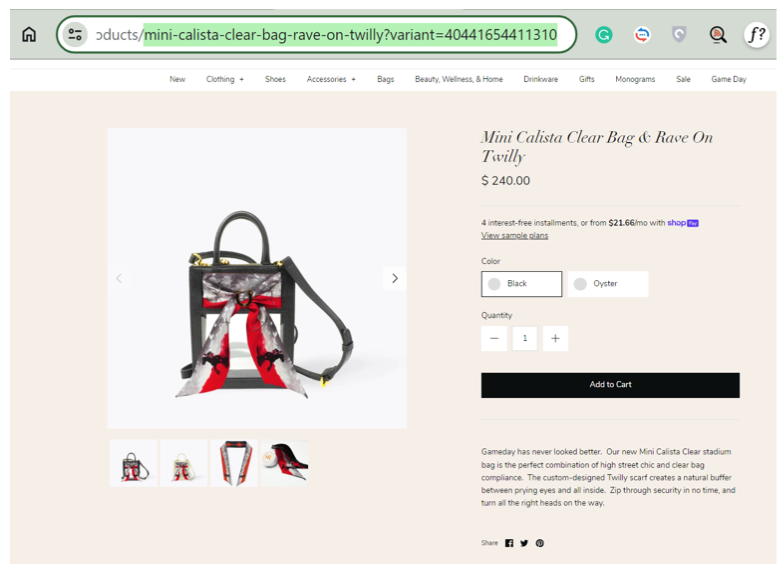
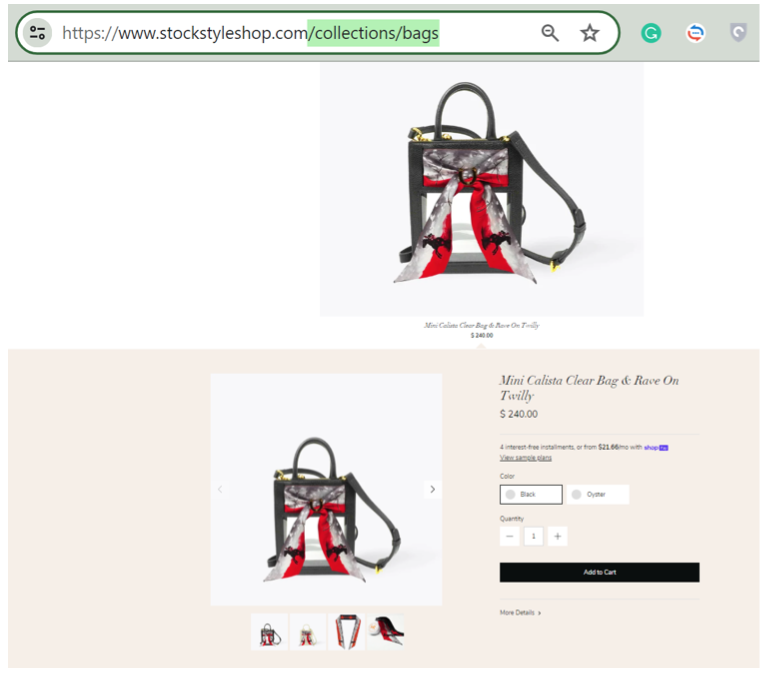
Thus, you need to specify the current canonical page – the primary source that search engines will determine as a priority page. It is crucial to set redirects or to pinpoint this only canonical page for all of them.
Attached images link
Your Content management system (CMS) can also create a separate page for the attached product image. Such pages mostly contain only the image itself and an overlapping copy of your initial web page. Resulting in a possible “Google duplicate content penalty.”
For instance, the links to workout sneakers and their image:
- https://www.nike.com/t/metcon-9-premium-womens-workout-shoes-xMlsHx/DZ2537-002
- https://static.nike.com/a/images/t_PDP_1728_v1/f_auto,q_auto:eco/e7df3efc-0d4a-4608-b8ef-ca5d87e5f78e/metcon-9-womens-workout-shoes-xMlsHx.png
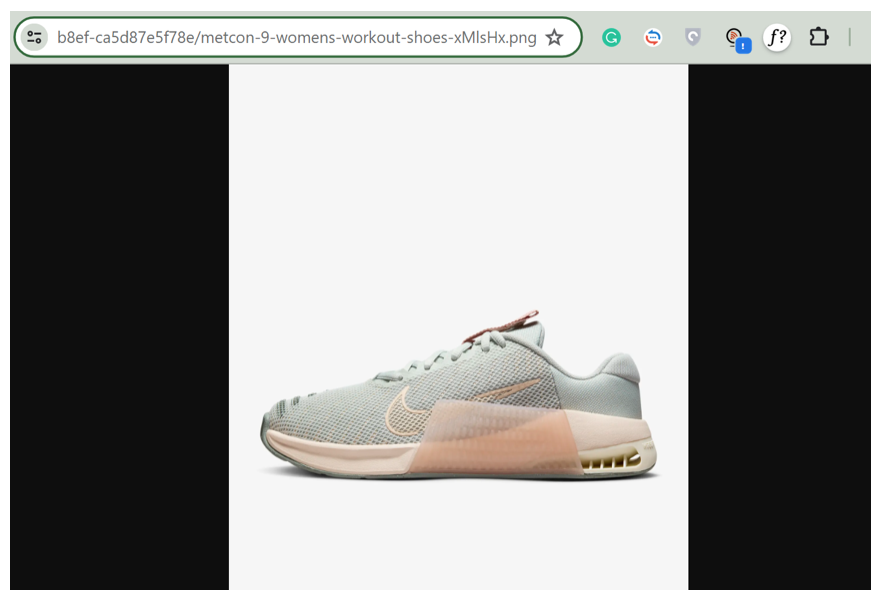
Paginated (nested) comments
WordPress hosting server allows its users to enable threaded (paginated/nested) comments. Comments on a WordPress site can be nasty for your SEO, not only because they reduce the speed and performance of your website but also because Google and other search engines consider how fast-loading websites currently are when they come up with their rankings. You may divide comments into several pages to avoid this. However, this can also cause problems related to duplicate content due to several versions of the same link:
- website.com/blog/
- website.com/blog/comment-page-1
Localized content
If you provide the same content to individuals from various regions as long as they speak the same language, it may cause duplicate content issues. You may have different versions of your website for a client in the US or UK. These versions would most likely be very similar as only slight differences in the content required for each region, e.g., setting USD and GBP prices:
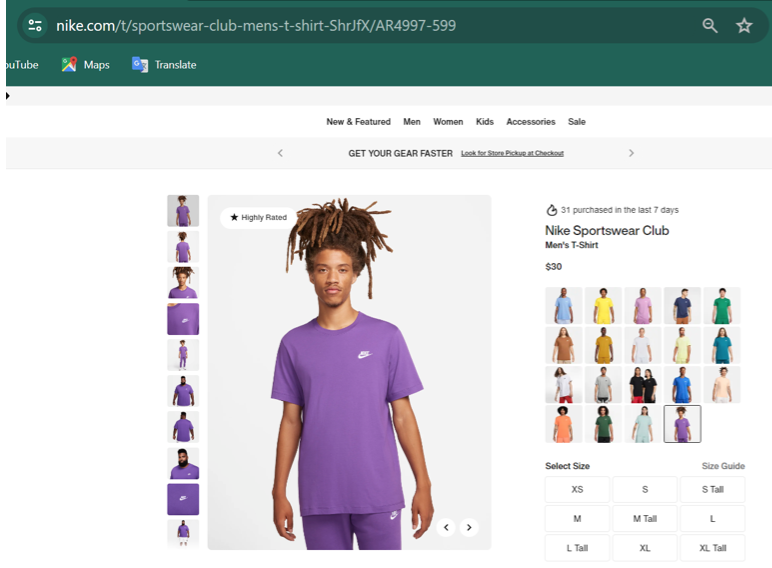
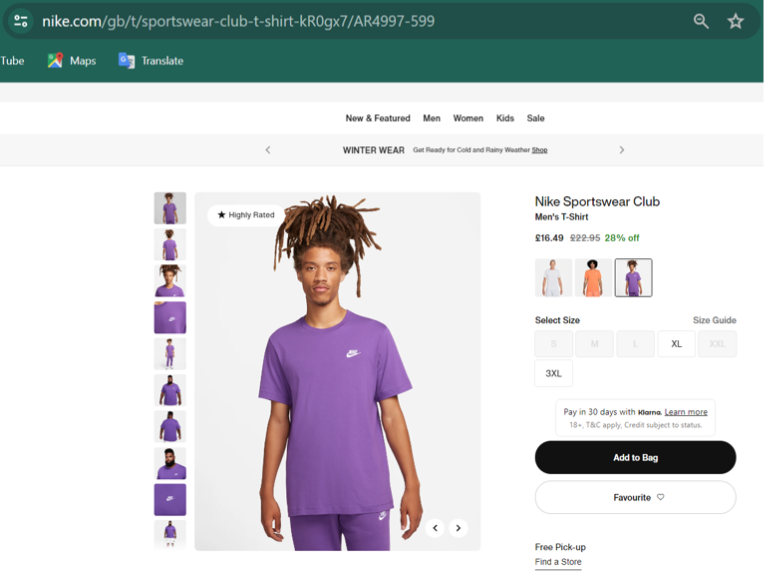
Search pages
Many websites have search boxes, which usually take you to a parameterized search URL like:
- website.com/search?q=
Potentially, the link with the search page results can duplicate the canonical link. That’s why you need to exclude search pages from the web search (Google’s) index.
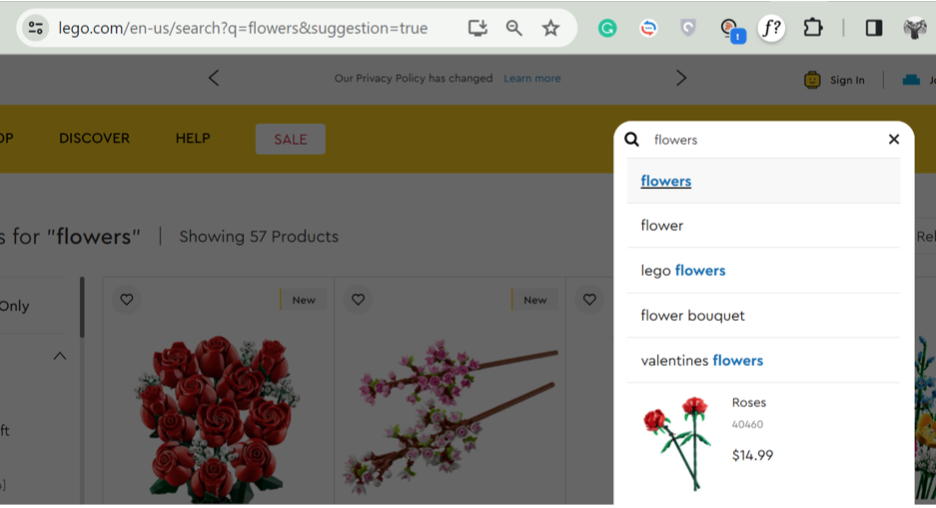
Staging environment
A staging environment or a staging site is an imitative model of the live website used to test changes before implementing them. However, it can cause trouble for SEO whenever Google indexes it because of duplicate content website.
External duplicate content
Cross-domain duplicates arise when multiple domains share the same content in indexed pages. It means valuable content may appear on a different website, so there will be duplicate content on different domains. However, the problem arises when content is scraped (stolen), though content syndication (guest posts) offers more backlink possibilities. In the second case, a Google duplicate content multiple domains issue is less harmful and can even be useful.
What is the Most Common Fix for Duplicate Content
Firstly, when you face duplicate content issues, finding the “right” version among them is crucial. You should choose the representative link for your content and get rid of the duplication itself so search engines can index it correctly. Let’s review the key ways to eliminate duplicate content website:
- Apply 301 redirects. It helps to remove duplicates caused by:
- Swapping to a new CMS.
- Changing to secure protocol.
- Website ‘mirrors’ – WWW and non-WWW, with slash or non-trailing slashes in the end.
- Different cases in URL.
- The rel=”canonical” attribute. It helps when:
- Both duplicate pages should be functional.
- You have a mobile-friendly website version or AMP, that can lead to duplicates.
- The website has pagination and filtration pages.
- To prevent indexing and following duplicate links, use Robots.txt, Robots meta tag, and X-Robots-Tag.
How to Fix Duplicate Content Issues with Netpeak Spider
Netpeak Spider comes in handy when you need to check duplicate content quickly.
Here is a short guide to follow:
- Open Netpeak Spider and navigate to the Advanced section in the Settings menu. Then select all parameters under the Consider indexation instructions settings. Press OK.
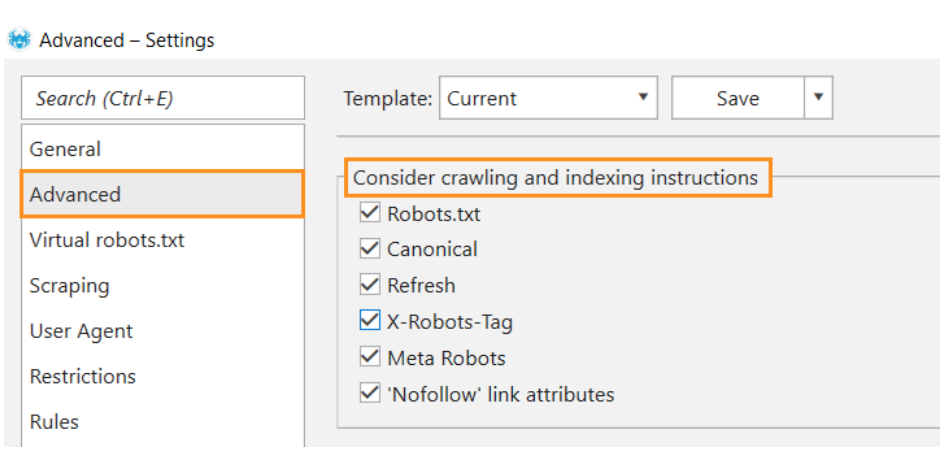
- Afterward, insert the required link for check and click Start for crawling.

- Once the crawling is done, you will see duplicate content error notifications in the Reports tab under the Issues section. You can filter results with errors only by clicking on its name.
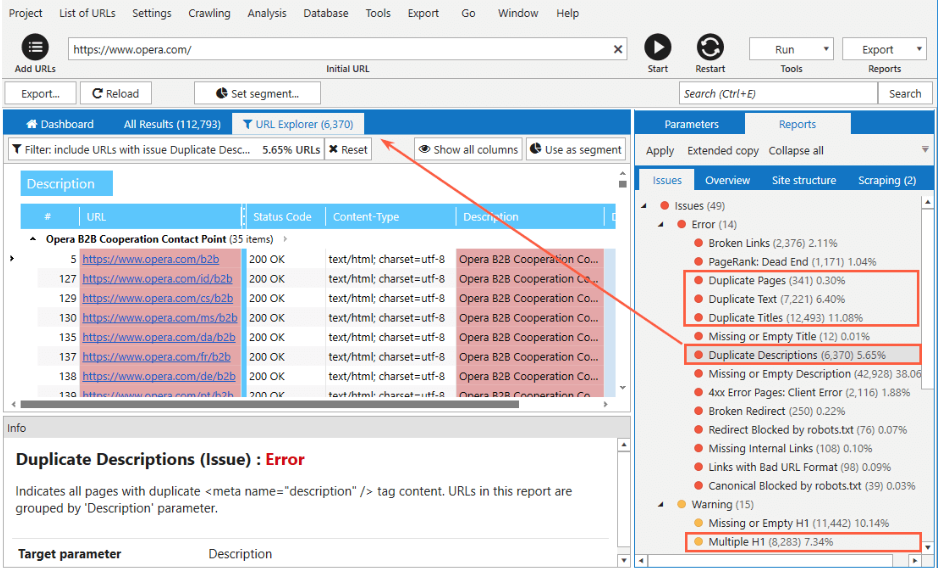
- If you want to export the discovered results, press Export and pick Current table results.
This way, Netpeak Spider helps you to locate all types of duplicate content on your website and even describes what exactly went wrong.
Conclusion
Duplicate content means the same or similar content appearing on different URLs. Numerous metiers can generate duplicate content, from faceted navigation and trailing slashes to server HTTP/HTTPS (with WWW or without) configuration, paginated comments, content localization, and even AMP. By creating URLs similar to the canonical page, duplicate content wastes your optimization and harms SERPs. There are three common ways to eliminate duplicate content issues, including setting 301 redirecе to an important page, implementing <link rel="canonical" /> tag, and applying robots.txt, Robots meta tag, and X-Robots-Tag to suspend indexing. All in all, to avoid such issues, regularly check your site for duplication and get rid of it.
Let Netpeak Spider battle your duplicate content so you can sleep tight and be sure that your website ranks perfectly;)



.png)
